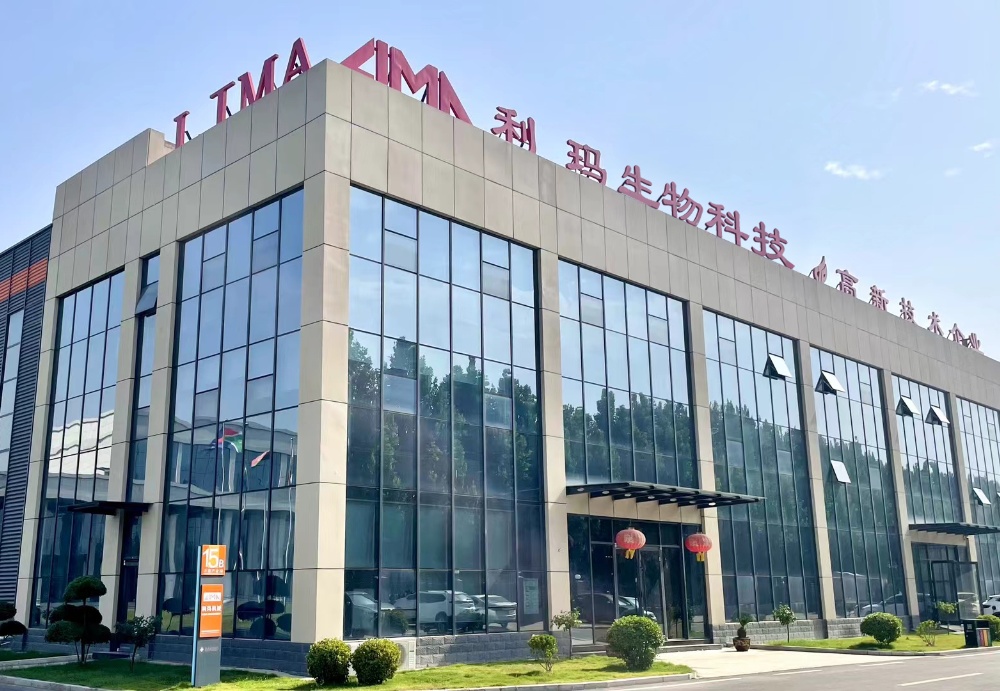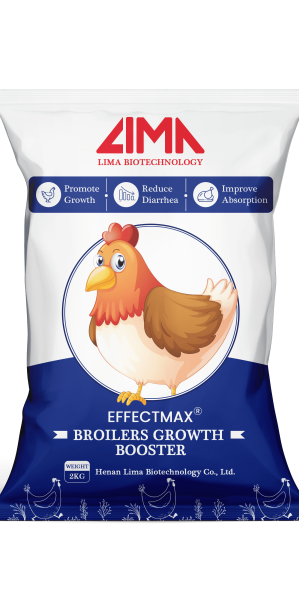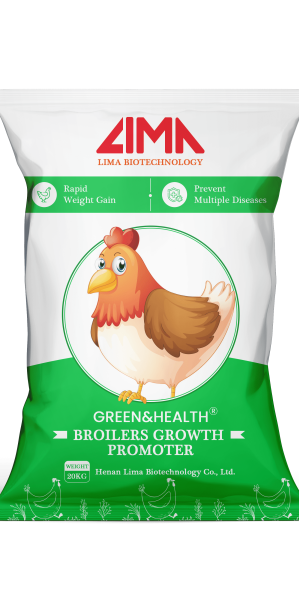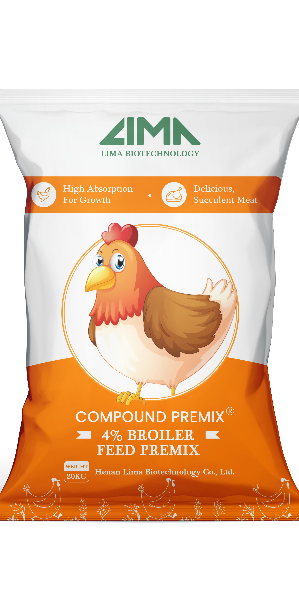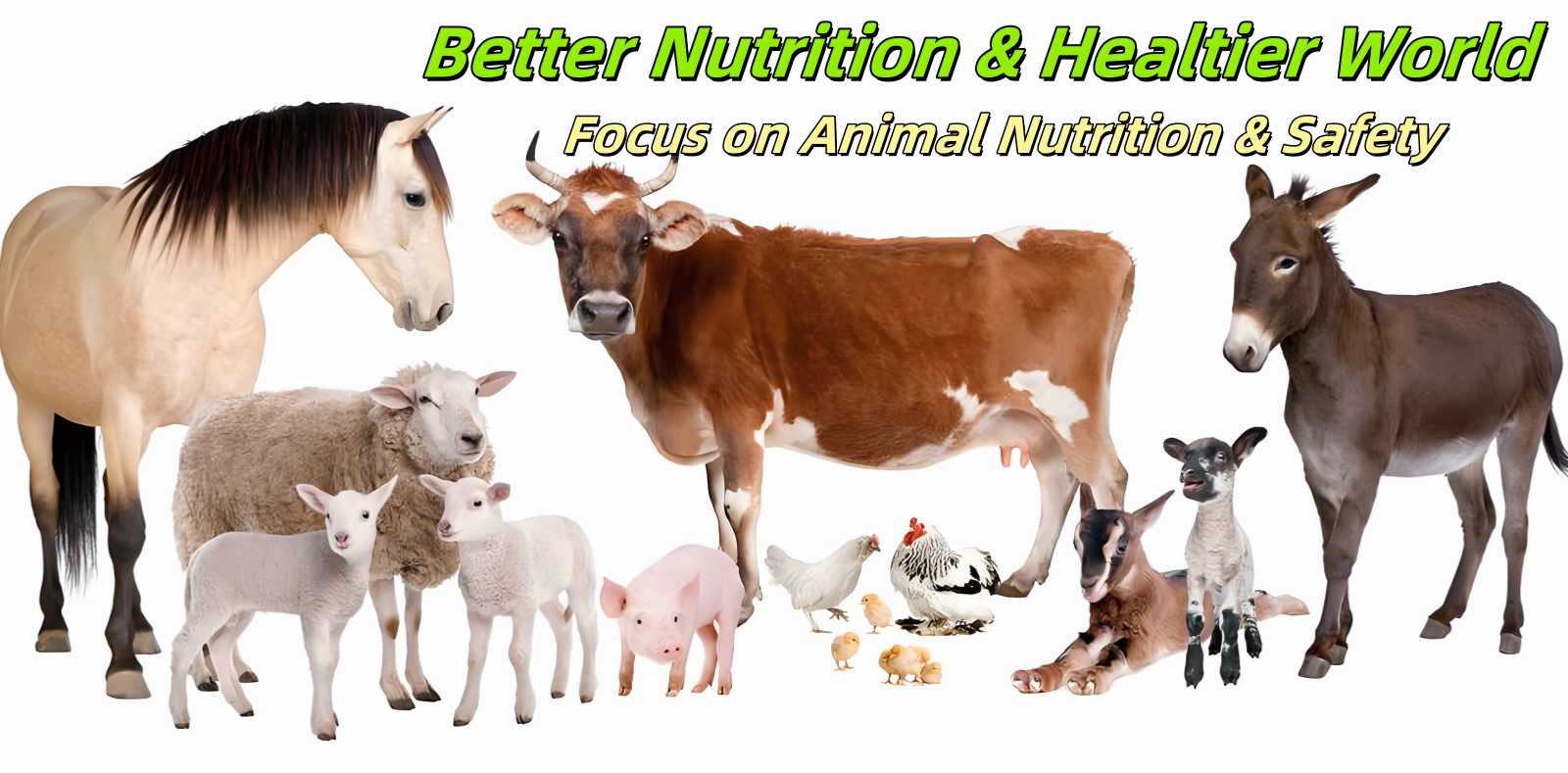Chicken meat has become a household and restaurant staple due to its high cost-effectiveness and protein content. As per capita consumption rises domestically, demand for processed and prepared chicken parts in the food service industry is increasing, presenting significant potential for broiler farming.
However, beginners often face challenges in breed selection, coop construction, and feeding management due to lack of experience. By mastering scientific methods and starting with small-scale trials, profitability can be achieved. This guide addresses common beginner hurdles, detailing key farming steps to help you get started with ease.
Why Invest in Broiler Chicken Farming?
Broiler chicken farming offers short production cycles, high capital turnover rates, and sustained robust market demand. This makes it an excellent entrepreneurial venture combining commercial potential with practical feasibility, particularly suited for entrepreneurs seeking quick returns and steady growth.
Core Advantages of Investing in Broiler Chicken Farming
- Quick Returns: With scientific care, broilers reach maturity rapidly. Multiple farming cycles can be completed within a year, enabling fast capital recovery.
- Robust Market Demand: Chicken meat remains an indispensable source of high-quality protein for households and restaurants alike, sustaining steady and strong demand across both daily consumption and catering sectors.
- Scalable Development: Entrepreneurs can start small based on their capital reserves and farming experience, gradually expanding operations to minimize initial risks without requiring massive upfront investment.
- Job Creation Value: The broiler farming industry chain generates employment across multiple roles—from daily flock caretakers to marketing personnel responsible for product promotion—boosting local employment opportunities.
Choose the Right Broiler Breed
When selecting broiler breeds, prioritize four key dimensions: growth rate, feed conversion efficiency, survival rate, and disease resistance.
Mainstream Commercial Broiler Breeds
- Hubbard Broiler: Reaches 1.8–3.5 kg in 5–7 weeks with high growth efficiency; well-developed breast muscles yield high meat production; excellent feed conversion reduces costs; docile temperament facilitates large-scale centralized management; white plumage ensures clean skin after slaughter, aligning with consumer preferences.
- Marshall Broiler: Reaches market weight in 6 to 7 weeks, matching growth rates of mainstream breeds; high feed conversion efficiency for strong economics; broad, thick frame with well-developed breast muscles and excellent meat quality; strong stress tolerance and high resistance to common diseases, minimizing farming risks; stable egg production in breeding stock ensures continuous production.
- Cobb Broiler: Reaches market specifications in 5 to 6 weeks with leading growth rates; excellent feed conversion efficiency and low costs; outstanding breast meat yield and carcass quality; robust leg bones reduce mortality from leg issues.
- Arbor Acres Broiler: Reaches market weight in 5 to 6 weeks with high production frequency; highly efficient feed conversion and significant profit margins; Breeding emphasis on white meat meets breast demand; High survival rate and disease resistance in large-scale operations;
Heavy, well-proportioned body conformation Ross Broiler: Reaches slaughter standards in 5 to 6 weeks with rapid growth; Exceptional feed conversion ratio for cost control; Outstanding breast meat yield with high economic value; Robust, well-proportioned build with uniform muscle distribution and consistent meat quality.
Set Up Your Broiler House
Allocate 0.8–1 square foot (approx. 0.07–0.09 m²) of activity space per broiler. Optimal stocking density ensures free movement while mitigating risks like air quality deterioration and cross-infection from overcrowding.
Ventilation System Design
Ensuring air circulation is a core element of poultry house construction, directly impacting flock health and growth rates.
- Ventilation Equipment Configuration: Install fans, specialized cooling pads, and other equipment to regulate temperature and humidity within the house, preventing adverse effects from summer heat or winter humidity on the flock.
- Natural Ventilation Support: Incorporate appropriately sized openings in coop walls to harness natural airflow. This draws in fresh air while expelling pollutants (e.g., ammonia), preventing respiratory diseases caused by poor air quality.
Floor and Bedding Management
Maintaining clean, dry coop floors is crucial for disease prevention and enhanced growth quality.
- Bedding Selection: Prioritize highly absorbent materials like wood shavings, rice husks, or chopped straw. These effectively absorb droppings and moisture, maintaining dry flooring.
- Bedding Maintenance: Regularly inspect bedding thickness and moisture levels. Turn and mix the bedding promptly to prevent dampness and mold growth while reducing odor buildup, creating a clean environment for the flock.
Source Healthy Broiler Chicks
Chick Source
Purchase 1-day-old chicks from certified hatcheries approved by agricultural authorities. These facilities typically employ standardized breeding protocols, ensuring purebred, high-quality stock. Each batch undergoes testing for critical pathogens like Salmonella and Mycoplasma, establishing a foundational defense for flock health. .
Key Health Inspection Points for Chicks
When selecting chicks, assess health based on three aspects: activity level, eye condition, and feather appearance. Healthy chicks exhibit active movement and vigorous pecking behavior; their eyes should be bright with no discharge or redness; feathers should be clean, fluffy, free of stickiness, and glossy.
Broiler Feeding and Nutritional Management
Broiler Feed Types and Feeding Stage Classification
- Starter Feed: Designed for chicks aged 1-21 days, this feed is rich in protein, vitamins, and minerals to meet initial growth demands and establish a foundation for subsequent development.
- Finishing Phase Feed: From 22 days of age until market weight, feed a high-energy, high-protein ration to accelerate muscle deposition and achieve rapid market readiness. Additionally, incorporate commercial premixes like Lima Broiler Premix, which contains abundant amino acids, minerals, and growth-promoting ingredients to provide nutrition and accelerate growth.
- Growth Phase Feed: For non-standard 3-4 month production cycles, switch to growth phase feed after 4 weeks of age. This nutritionally balanced formula supports sustained growth.
Core Requirements for Feed Storage
Feed storage must prevent mold growth and contamination from rodents, wild birds, etc. — Store feed in sealed, dry warehouses with moisture-proofed floors. Regularly inspect feed for clumping or mold, promptly removing spoiled batches.
Practical Tips for Improving Feeding Efficiency and Ensuring Nutrition
- Prioritize Pelleted Feed: Pellets offer superior palatability, increasing intake, reducing waste, and ensuring uniform nutrition for better feed conversion rates.
- Age-Appropriate Equipment: Use tray feeders for chicks under 3 days old, switch to chick-specific feeders after 3 days, and transition to adult chicken feeders by 3 weeks. Replace waterers simultaneously to ensure easy access to water.
- Adjust space and equipment: Expand activity areas as flocks grow, increase feeder and drinker quantities to prevent competition-induced nutritional imbalances.
- Prohibit moldy feed: Moldy feed contains toxins that cause disease, death, stunted growth, and reduced profitability.
- Feed according to charts: Provide standard rations from 1-42 days of age. Overfeeding leads to obesity and higher costs; underfeeding slows growth and extends production cycles.
Lima broiler growth promoter can improve growth and promote weight gain. Its rich vitamins can improve the digestion and absorption of broilers and increase feed intake. In addition, it is rich in amino acids, proteins and minerals, which can meet all the growth needs of broilers.
Broiler Health Management and Disease Prevention
Strictly Implement Biosecurity Measures
- Personnel Management: Strictly control access of external visitors to farming areas. If entry is necessary, they must change into dedicated work clothes and shoe covers, disinfect through a disinfection channel before entering. Farming personnel must also disinfect before entering chicken houses daily to prevent carrying pathogens.
- Equipment Disinfection: Thoroughly disinfect feeders, drinkers, and poultry house tools regularly. Use specialized poultry disinfectants at the concentration specified in the instructions, disinfecting at least once per week to reduce the risk of equipment carrying pathogens.
- Waste Management: Promptly and properly dispose of poultry waste such as manure. Collect manure centrally for fermentation (to produce organic fertilizer), preventing accumulation around poultry houses that could foster pathogen growth and transmission.
Daily Health Monitoring and Sick Bird Management
- Observation Indicators: Conduct daily routine observations of the flock's condition: - Appetite: A significant decrease in feed intake may indicate illness. - Mental State: Healthy broilers are active and alert, while sick birds may appear lethargic, sleepy, or exhibit head-drooping and neck-retraction. - Behavioral Signs: Monitor for abnormal actions such as labored breathing, diarrhea, or ruffled, erect feathers.
- Emergency Response: Immediately isolate any sick birds in a separate area to prevent disease spread. Monitor symptoms; if the cause is unclear, promptly contact a veterinarian for diagnosis and treatment. Dispose of dead birds safely (e.g., incineration, deep burial) when necessary.
Nutritional Enhancement for Immunity
Boost the broiler flock's immune function with scientifically balanced feed formulations. Feed formulations must ensure adequate levels of key nutrients including protein, Vitamin C, and Vitamin E. These components strengthen the body's resistance and reduce disease susceptibility.
Lima Broiler Growth Booster is an innovative feed additive containing plant extracts, trace minerals, complex vitamins, and beneficial bacteria, produced through advanced fermentation technology. Its probiotics and metabolic byproducts maintain gut microbiota balance, enhance nutrient absorption, boost immunity, and support rapid, healthy growth in broilers.
Professional Veterinary Support
Regularly invite professional veterinarians to inspect farms. Veterinarians can provide targeted preventive healthcare advice based on local disease prevalence. Additionally, when suspected diseases emerge in flocks, veterinarians can rapidly diagnose and formulate treatment plans to prevent disease spread.
Targeted Vaccination Program
Develop tailored vaccination schedules based on common poultry diseases in the farming region (e.g., Newcastle disease, avian influenza, infectious bursal disease). Adhere strictly to vaccination timelines (e.g., administering Newcastle vaccine at 7 days of age) to establish early immune barriers and prevent high-incidence diseases.
Marketing and Selling Broilers
Establishing Diversified Sales Channels
- Local Markets: Adopting the “experiential marketing” approach from U.S. farmers' markets, set up stalls for on-site cooking and sampling. Simultaneously, emulate Japan's convenience store partnership model by establishing fixed sales points with nearby convenience stores to enhance local customer trust and purchasing convenience.
- Partnership Channels: Following France's food service supply chain model, establish long-term collaborations with restaurants, hotels, and supermarkets. Provide customized products like whole chickens and portioned cuts, ensuring stable supply and premium quality to secure partnerships.
- Online Channels: Adopt Amazon's “transparent marketing” approach by showcasing farming processes and inspection reports on e-commerce platforms and social media. Integrate U.S. fresh food delivery models to offer door-to-door service, expanding customer reach.
Product Value-Added Strategy
- Develop Pre-Processed Products: Align with South Korea's ready-to-eat model by introducing pre-cut and marinated chicken (e.g., portioned chicken breasts, Orleans-style marinated drumsticks) to enhance cooking convenience and product value.
- Expand frozen product lines: Drawing from Brazil's frozen food export experience, introduce frozen chicken in household and catering-sized packages to extend shelf life and overcome geographical limitations for cross-regional sales.
Conclusion
The six core pillars of successful broiler farming are: selecting superior breeds, creating a healthy environment, implementing precise feeding management, strictly controlling diseases, expanding sales channels, and optimizing costs—all interconnected. Newcomers are advised to start with a small-scale trial operation of 500–1000 birds. Learn through practice, monitor industry trends, draw from proven experiences, and gradually elevate management standards to achieve profitability.
- About Lima Biotech
- Careers-Lima Biotech
- Code of Conduct-Lima Biotech
- Conditions of Sale-Lima Biotech
- Contact-Lima Biotech
- Cookies Policy-Lima Biotech
- Find Agent-Lima Biotech
- Global Warehouses
- Investor Relations-Lima Biotech
- Legal Information-Lima Biotech
- Privacy Policy-Lima Biotech
- Success-Lima Biotech
- Sustainability-Lima Biotech
- World Class Manufacturing-Lima Biotech













